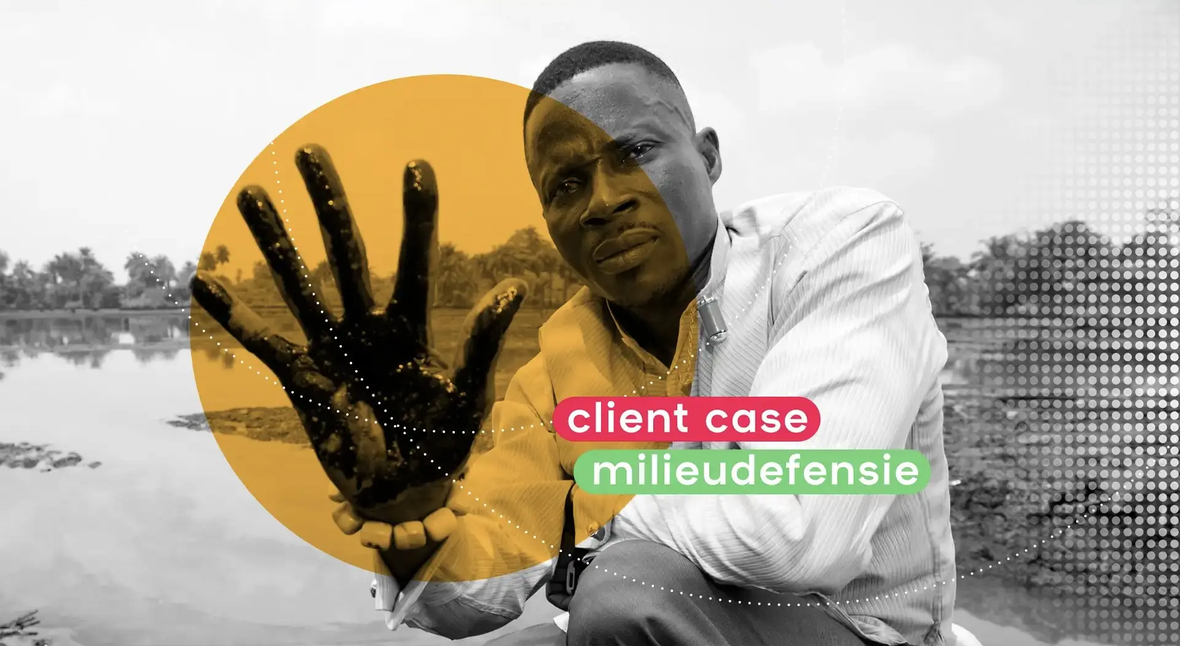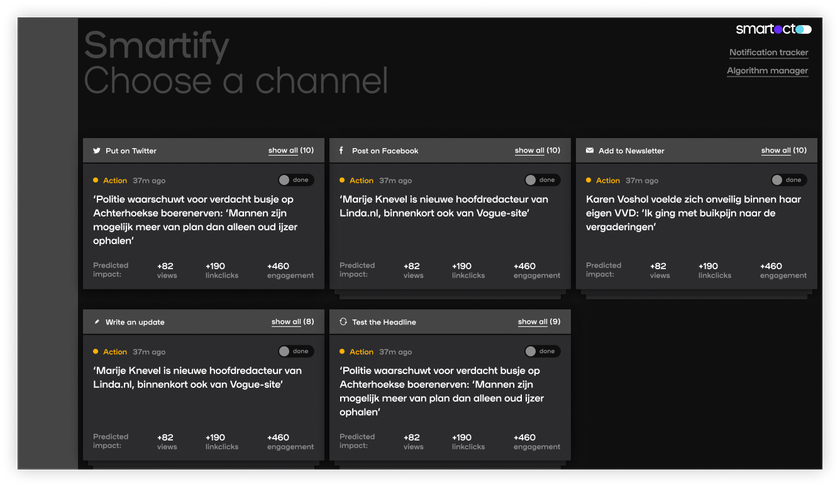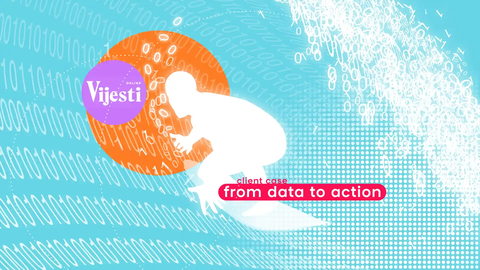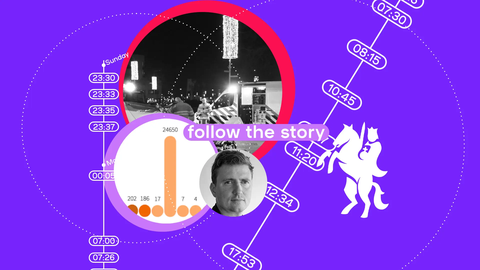About Milieudefensie…
Milieudefensie (Friends of the Earth Netherlands) is a Dutch non-profit organisation that actively fights for climate-justice. Their main goal is to fairly distribute the benefits and burdens of climate change, so citizens should be carrying the lowest weight, while the biggest polluters must bear the greatest burden.
Their audience consists of everybody who has some sort of affinity with climate change. They basically focus on two products, namely giving money (for lawsuits or concrete actions) or giving time (for signing petitions, joining protests or helping as a volunteer). Their biggest challenge is to convince people to transform Milieudefensie’s vision into concrete action in their own living environment.
Milieudefensie has used smartocto for just over a year. For this client case we've asked Mélisande van Engelenburg (marketeer at Milieudefensie) and Donato Ranzato (webmaster at Milieudefensie) how a data tool like ours helped them optimise their content strategy.



